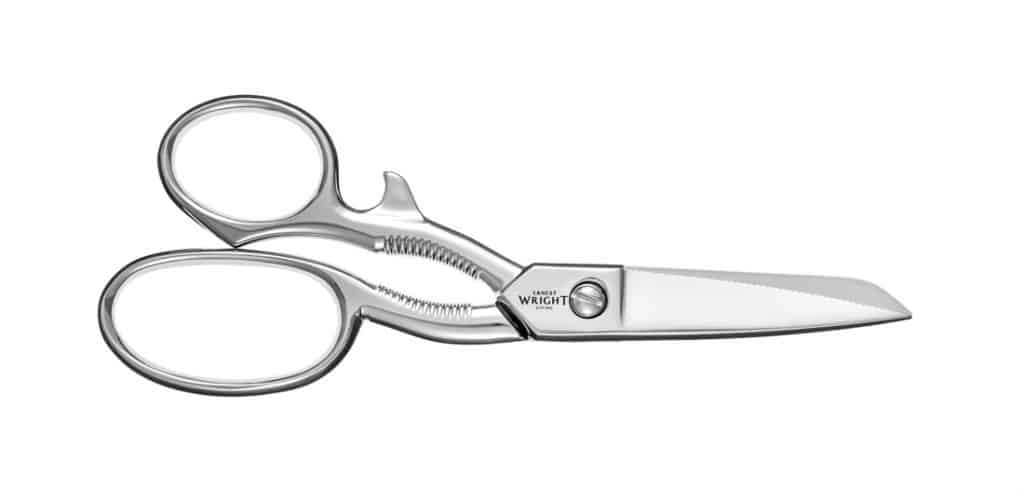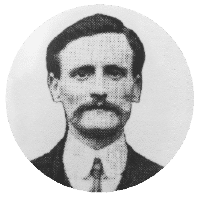+44 (0)1142041541
info@ernestwright.co.uk
€ EUR
-
£ GBP
-
$ USD
-
€ EUR

€118.92
Availability: In stock
Attention
This model is in stock and available directly from our workshop. We’ll prepare and dispatch it within 10 working days of your order.
The Turton left-handed kitchen scissors is the quintessential Sheffield pattern of kitchen scissors. With serrated blades for efficient grip and cutting, a bottle/twist-cap opener and an in-built nutcracker, this multifaceted piece of kitchen art can craft all sorts of culinary delights. Now, for the first time ever, left-handers have their deserved seat at the Turton table. Click here for the right-handed version.
! This is the left-handed version.
Type: Kitchen scissors.
Use: Cutting meat, vegetables, packaging; general use
Total length: 7″ / 17.78 cm
Blade length: 3,5″ / 8.89 cm
Weight: 147 g
Material: Drop forged high quality hygienic stainless steel,
Finish: Hand polished
Packaging: left-handed gift box



We’re immensely proud to be the company entrusted with making the classic Turton Kitchen Scissors pattern – both in its original right-handed form, and also in this new, left-handed version.
Frank Turton was one of Sheffield’s greatest scissors-makers of the 20th century. His company sadly closed its doors in the 1980s, but production of Frank’s masterpiece, the Turton Kitchen Scissors, continues with the Turton family’s blessing at Ernest Wright. It’s only in recent years that we created the Left-handed Turton, opening up the Turton Kitchen Scissors to left-handed users for the first time.
Left-handed scissors need to be an exact mirror image of their right-handed counterparts. This is because the user’s hand squeezes a pair of scissors laterally, at the same time as supplying downward pressure to close the blades. When a left-handed user closes a pair of right-handed scissors, the blades are pushed apart, rather than being squeezed together as they should be. So, we make the left-handed version as a mirror image of the original masterpiece, with an exactly opposite design that adapts the Turton pattern for left-handed use.

Ernest Wright
(1880-1954)